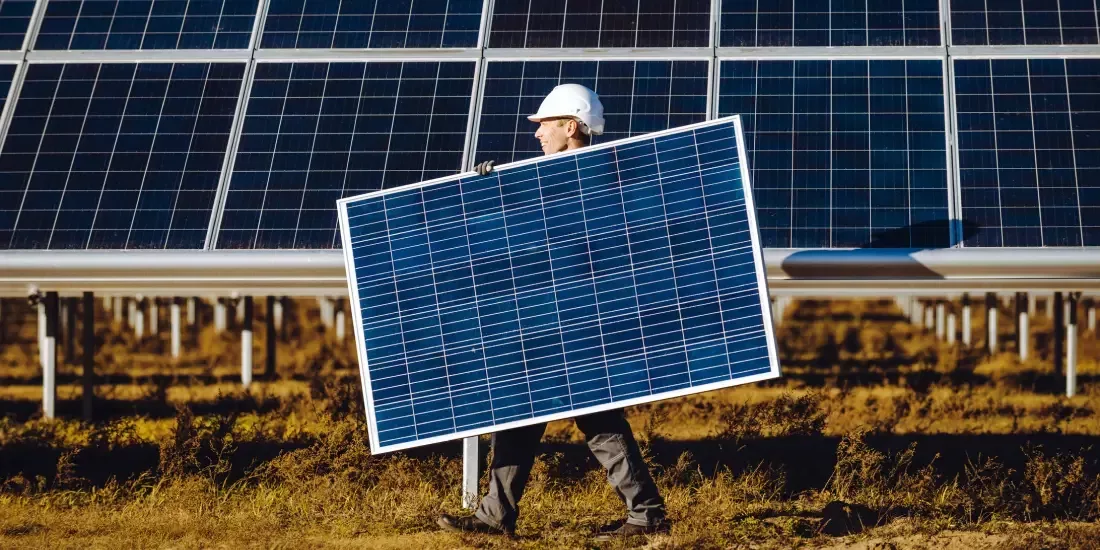Positive Renewable Electricity News

At a time where countries are trying to triple renewable energy capacity, it can seem like a daunting task. If we’re all meant to change to EVs as well, how is the grid going to cope? Thanks to advances in technology, these worries can be put at ease.
Solar Power Push
In 2023, more than 163,000 residential solar panels were installed, according to the MCS Installations Database. With the ban on onshore wind having been eased for the first time in eight years, it seems as though UK residents have had enough of their energy bills not being supplemented by renewable power.
Breakdown by Area
Taking action into their own hands, at least 12,000 homeowners installed solar a month, on average, across the entirety of the UK. Breaking this down by area, Welsh residents were the most eager to make use of this technology. In Ceredigion, 3.2% more households now have solar, while this was an extra 3.19% for the Isle of Anglesey.
Compared to Westminster, which only installed 0.02%, these figures are massive. To date, the highest percentage of homes with solar panels belongs to the Isle of Anglesey, at 8.67%. Even in March last year, the most amount of solar panels ever installed in a month was reached, at 17,427. The previous high was 16,879, which was achieved in December 2015.
Global Capacity
Even before COP28, where countries agreed to triple renewable energy capacity, several countries have already been making progress towards decarbonising their own systems. Sweden, for example, set a target of 50% renewable energy by 2020, but managed to achieve this in 2012.
In Costa Rica, an impressive 98% of its electricity has come from renewable sources for the last seven years. Some of the extra power generated has been exported to neighbouring countries as well, proving that the world can, and will, operate safely and effectively on renewable energy.
The EV Revolution
While no exhaust emissions will clean up air pollution in and around cities, there’s much more promise to the EV revolution. Of course, electric vehicles will take a big portion of the demand from the grid when they’re all being charged, but there’s ways around this. Even National Grid estimates if we all changed to EVs overnight, demand would only increase by 10%.
Vehicle-to-Grid
Thanks to new technology, vehicle-to-grid, or V2G, will be able to make the most out of your EV and support the electricity grid when needed. As EVs are essentially portable batteries, they will be able to send power back to the grid when export rates are at their most advantageous. This can include any excess when your car is fully charged.
You control when and how your vehicle charges and discharges, with a compatible EV charger. This prevents your EV from discharging itself flat. Even with vehicle-to-everything (V2X) technology, you could make use of this power at home to power your property.
Stationary Profit
As vehicles spend around 95% of their time parked, it makes sense to turn your portable battery (EV) into a money making machine. V2G technology works to turn off-peak energy that you charge at into profit when it gets exported at peak prices. Demand peaks are then more controlled and you earn money at the same time.
Did you know you can also charge your EV with solar power? Linked with a V2G charger, this could earn you money for absolutely nothing.
